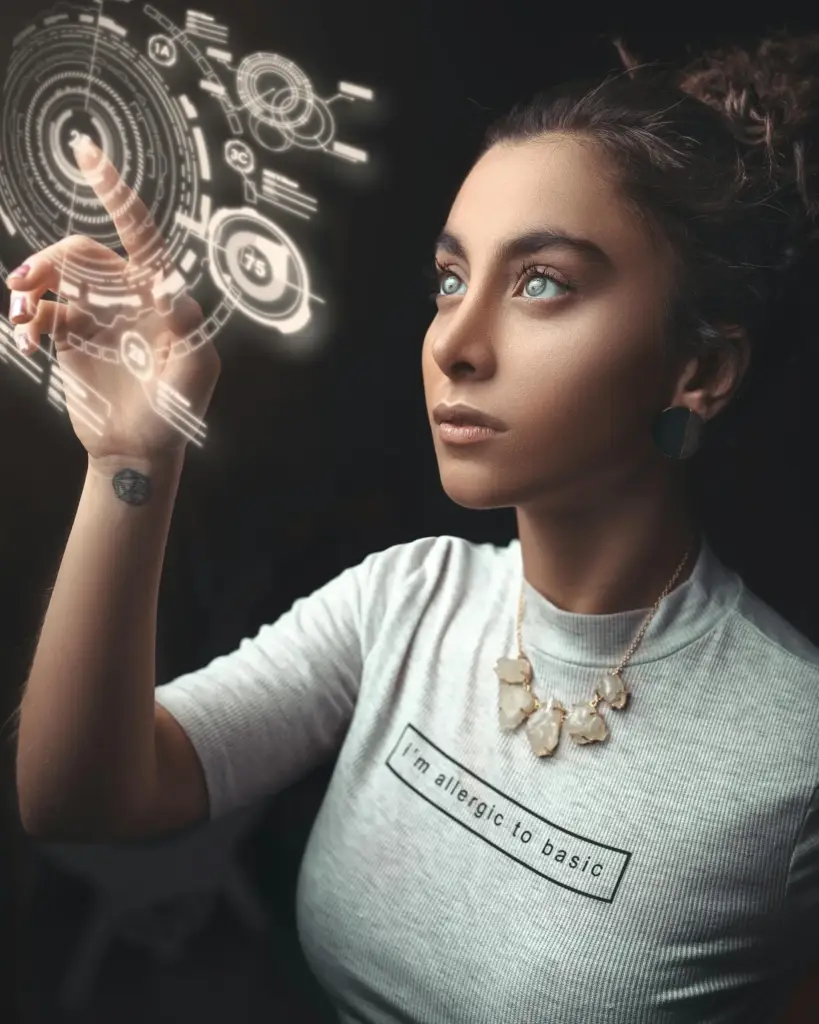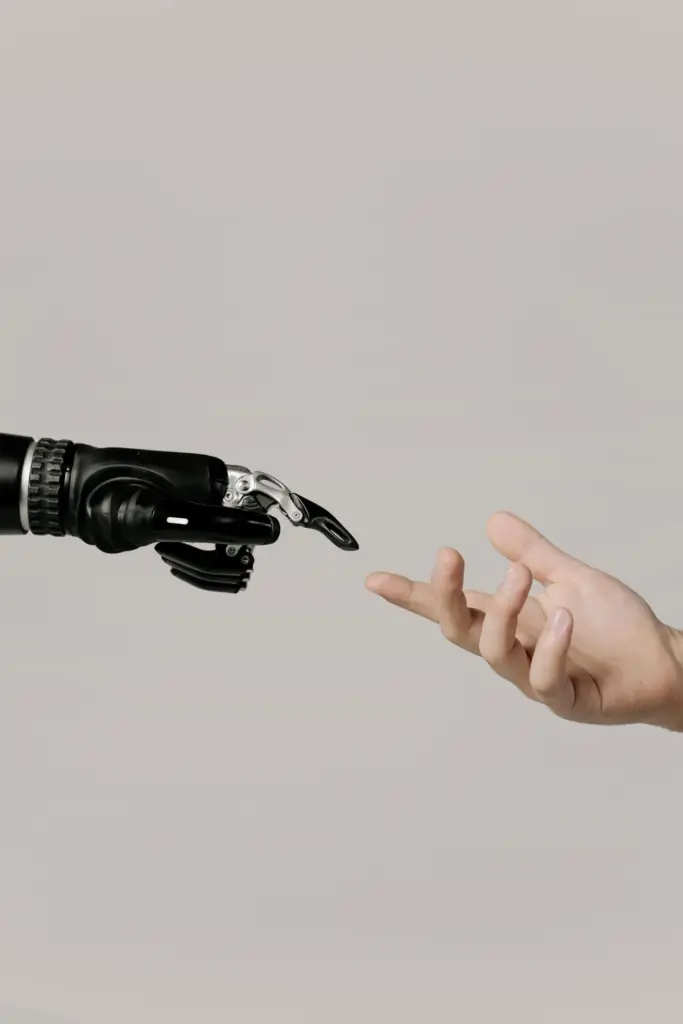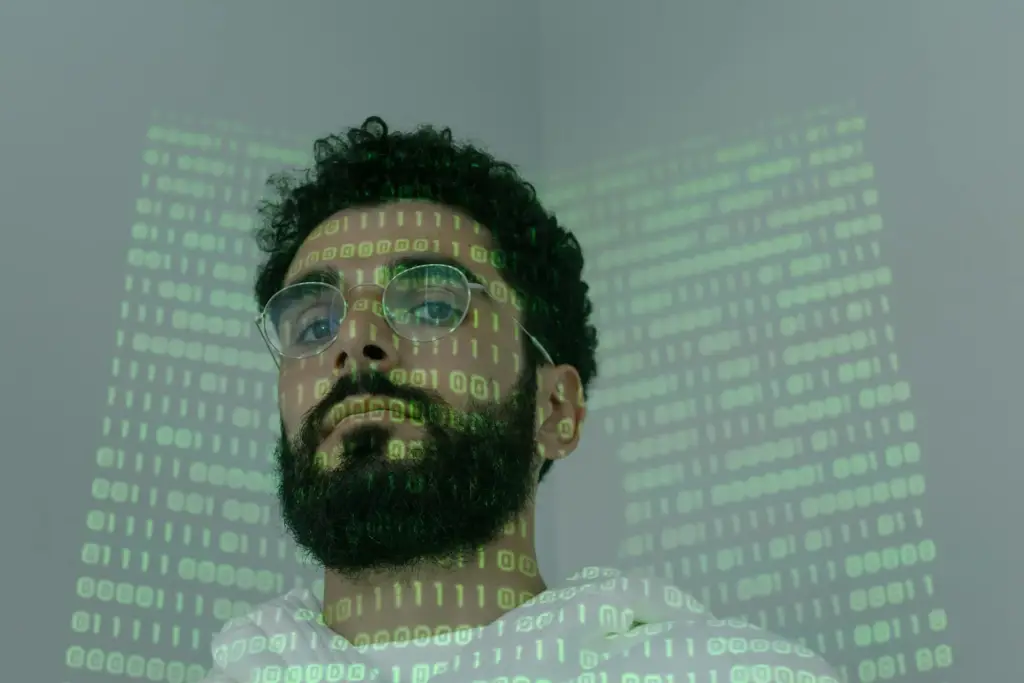The Evolution of AI from Sci-Fi to Reality is a fascinating topic that shows how visionary ideas in works of fiction (novels, film or television) have paved the way for tangible technological developments. For decades, people sae artificial intelligence (AI) as a technology of the future, something that only existed in movies, books and television. Today, however, AI is present in our everyday lives, powering everything from search engines to robots in industry. This article will explore how fiction has influenced the development of AI and how those ideas have evolved to become reality.
Science Fiction: The Starting Point for AI.
Since the earliest works of science fiction, the idea of intelligent machines that think and act like humans has captured the imagination of writers and readers. Authors such as Isaac Asimov, Arthur C. Clarke and Philip K. Dick explored the concepts of robots and intelligent systems long before the technology was available. Asimov, for example, popularized the term “robot” and his famous Three Laws of Robotics, which introduced an ethical reflection on the behavior of intelligent machines.
In films such as 2001: A Space Odyssey, artificial intelligence was presented in the form of the character HAL 9000, a spacecraft control system with the ability to make decisions on its own. HAL exemplified fear and fascination with the idea that machines could surpass humans. These fictional depictions laid the groundwork for the Evolution of AI from Sci-Fi to Reality, inspiring scientists and technologists to imagine a future where these ideas became possible.

Inspiration for Real Breakthroughs.
The Evolution of AI from Sci-Fi to Reality has occurred largely due to advances in computer science, machine learning and data processing. AI, once just a concept in the minds of science fiction writers, has evolved to be a serious field of study at the world’s leading universities and research centers.
Deep learning, for example, is one of the most advanced areas of modern AI, and although its complexity goes far beyond what the writers imagined, the basic idea of a machine learning from its own experiences is derived directly from concepts that were once purely fictional.
In the real world, virtual assistants like Siri, Alexa and Google Assistant, which are now part of everyday life for millions of people, have a clear origin in science fiction. These AI systems, while still limited compared to the most advanced examples in fiction, are beginning to deliver on promises that once seemed impossible.

Robots and Automation: From Fiction to Reality
Robotics is another area where the Evolution of AI from Sci-Fi to Reality is evident. Robots, which have been a constant in science fiction stories, are today helping in factories, hospitals and homes. While we are still far from humanoid robots with their own intelligence, such as those seen in movies like Blade Runner or I, Robot, the development of robots capable of performing complex physical tasks is a reality.
Industrial and service robots, many with advanced AI, are revolutionizing manufacturing and transportation. Companies such as Boston Dynamics have developed robots with amazing mobility, while other companies are working on healthcare robots that can assist the elderly or perform surgeries.

The Ethics of AI: An Issue Inherited from Science Fiction
One of the key issues in the Evolution of AI from Sci-Fi to Reality is the ethical debate surrounding this technology. Science fiction stories often explored the dangers of artificial intelligence, raising questions about the morality of creating machines that could think or act independently.
Today, those same debates are taking place in research labs and international forums. With the development of increasingly advanced AI, concerns arise about the extent to which we can trust machines to make ethical decisions. Autonomous vehicles, for example, must make decisions that could have moral implications in emergency situations. These ethical challenges, while now real, were first addressed in science fiction.

The Continuing Evolution of AI
Progress in the field of AI shows no signs of stopping. The Evolution of AI from Sci-Fi to Reality continues with the development of technologies such as artificial general intelligence (AGI), which aims to create an AI that is capable of performing any human cognitive task. While this remains a long-term goal, ideas about the capabilities and risks of AGI come directly from science fiction depictions.
Over time, the science fiction and reality of AI will continue to intertwine. What was once fantasy is now within reach, and AI ideas imagined in fiction today are likely to become reality tomorrow.

From Sci-Fi to Reality
In conclusion, the Evolution of AI from Sci-Fi to Reality is a clear example of how imagination and technology can work together to advance. As artificial intelligence continues to develop, we can see how the visionary ideas of science fiction writers have influenced the creation of technologies that are transforming society. The line between fiction and reality is becoming more blurred, and what was once just a dream is now becoming an integral part of our daily lives.

